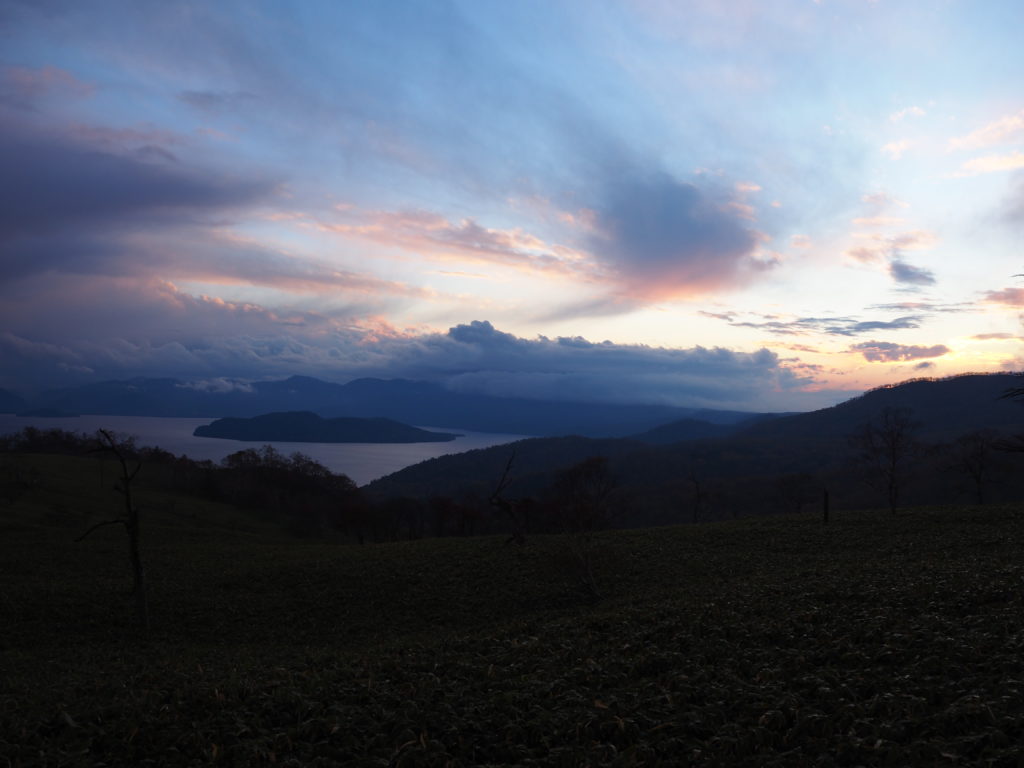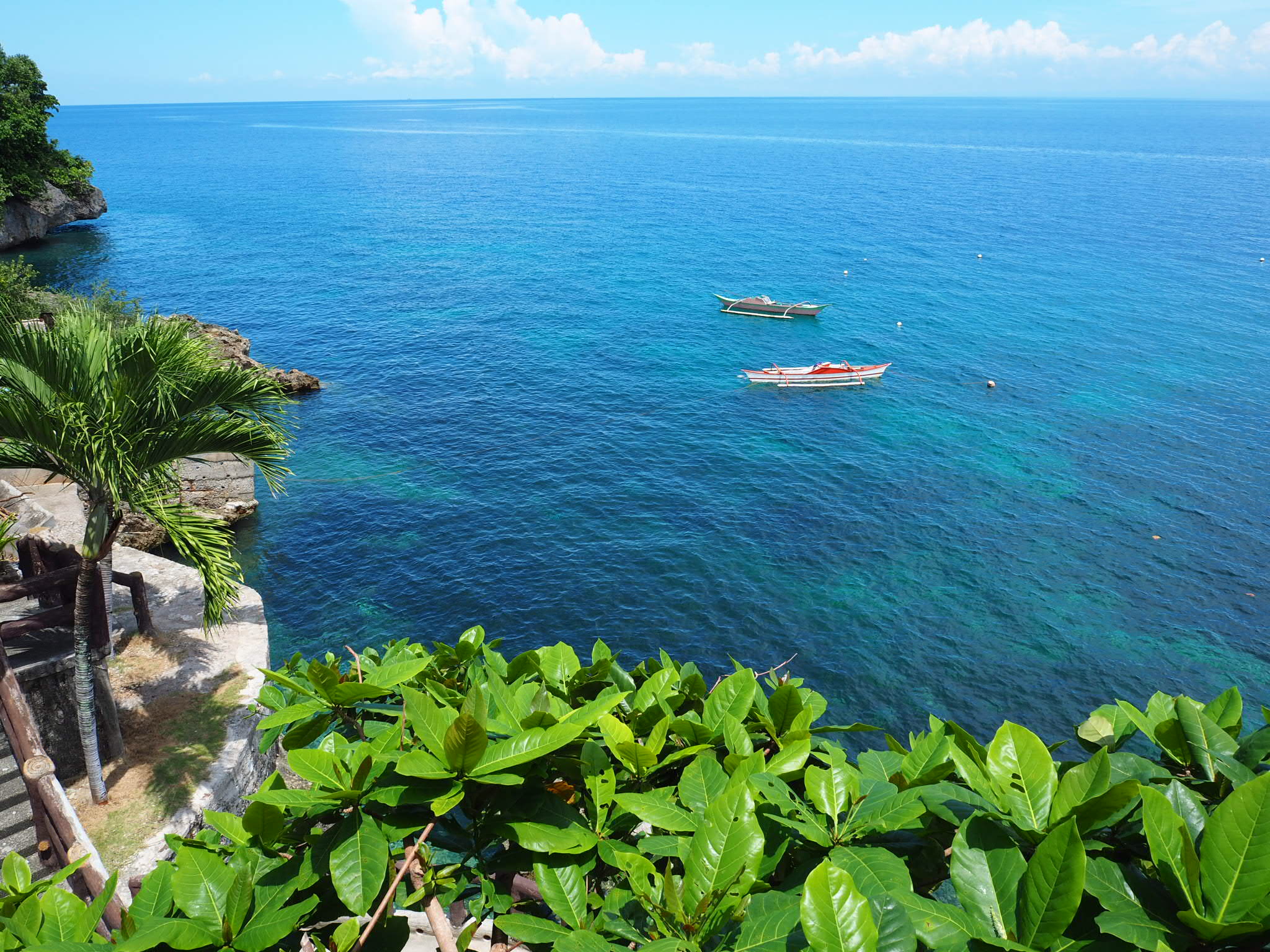Renting a car in Hokkaido
Renting a car in Hokkaido is without a doubt the best way to see, travel and experience this magical landscape. Hokkaido is truly unique, and is absolutely one of the most beautiful places we have ever been. This article is focused on the practicalities and necessities for renting a car in Hokkaido. However we have an article about visiting the Shiretoko and Akan National Parks in eastern Hokkaido as well as a bunch of our favourite photos from our 2 week road trip through Japan’s most northern island.
We have an additional article on renting a car and driving in Kyushu, as there are some key differences between renting here and renting in Hokkaido. However the rules and required documents are the same. We also have articles on eating in Japan and budgeting when travelling Japan to help you plan the perfect trip to the land of the rising sun.
Documentation
Japan requires you to have a 1949 Geneva Convention International Driving Permit. You need this permit in addition your driving license. The permit can only be obtained from your home country. Since I was living in Beijing before going to Hokkaido, I needed my wonderful father to apply for it and then send it to me in Beijing. Contact the automobile association in your home country for directions on how to apply. For UK citizens reading, you can apply through the RAC and the AA. Do be aware that not every country issues these permits, however the vast majority of western nations do. Interestingly China is one of those countries that does not issue such a permit, meaning that mainland Chinese citizens (unless they get a Japanese driving licence) are unable to drive in Japan.
If you do not have this document you will not be able to rent the car and you will not be given a refund. This was clearly stated on OTS who we rented with in Hokkaido and ToCoo who we rented with in Kyushu and Shikoku.
Which company?
In Japan major rental car companies like Hertz and Budget are far more expensive than local rivals (I’m not really sure why) if you rent with them directly. However when you go through Japanese car rental search engines their prices are very competitive. The main car rental companies and websites in Hokkaido are Toyota Rentacar, Nissan Rentacar, OTS and ToCoo, a site that compares costs from a number of different rental companies.
We went with OTS for a number of reasons:
- Price – They were cheaper than anything else we found, by quite some distance.
- Collision Damage Waiver (CDW) – They offered a better and more comprehensive CDW package. A good CDW package can be worth its weight in gold when you rent a car. Just remember, you will still need to purchase travel insurance for your trip.
- Hokkaido Express Pass/ETC – Both of these come with the rental vehicle. TooCoo wanted to send the pass to our hotel in Chitose or have us pick it up at the airport, which is not particularly convenient. You also had to buy this separately, it didn’t come with any of the packages through TooCoo. However this policy seems to have changed. When we rented with Tocoo for trip to Kyushu we were able to pick a Kyushu Expressway Pass at the dealership without any issue.
Hokkaido Expressway Pass
This pass allows you to access this highways in Hokkaido for free. For more details check out this excellent website here.
Highway costs in Hokkaido can rack up very quickly, so this is an absolute must-have. We had ours for 12 days and it saved us quite a few thousand yen. One of the advantages of renting with OTS was that their cars come with the Hokkaido Express Pass and ETC device all ready and installed in your car. It’s included in the price and costs the same as buying it from the website directly.
When entering and exiting an expressway you just head down the blue ETC lane and the barriers will open and you’re off. You can obviously travel around Hokkaido without taking any expressways, but this is not a small island. Having this pass will save you so much time, it is definitely worth the money.
Collision Damage Waiver
Anyone who has rented a vehicle before will probably be familiar with a CDW. In effect it limits the amount you pay in excess if you have an accident. The lower the excess the more expensive the pack. We paid around 1600 yen a day for our full coverage CDW and it covered everything; scratches, dents, punctures, pick up, broken windshields and accidents. I am a big believer that if you get this you will have no accidents or issues and be fine, but if you don’t, thats probably when you’re going to have problems. Sod’s law right? Remember this is not actual insurance. Your belongings etc are NOT covered by a CDW. When purchasing travel insurance many companies include coverage for your belongs etc if you rent a car.
Weather
Hokkaido can go from glorious sunshine to thunder and lightning in the blink of an eye. During spring and summer you will probably be ok, but autumn and winter could be a very different story. We travelled at the beginning of October and we were incredibly lucky. Our first day was drizzly, but after that we had glorious sunshine until our last day when Hokkaido was hit by a blizzard, pulling down tress and carpeting the ground with snow.
There are some parts of the Island that can be very cold, especially around Daisetsuzan and Shiretoko, so do your research and plan accordingly.
Filling Up
Most of Japan’s petrol stations are serviced, meaning that someone will fill up your car for you. All of the staff who fill up our car spoke enough English to understand what we needed, “regular” and “cash,” so don’t worry about needing to speak Japanese.
Hybrid’s
We drove around Hokkaido for 12 days, refilled 4 times which cost us around 12000yen (80GBP, 700rmb). We pretty much drove from one end of the island and back again. Our fuel costs were so cheap because we had a hybrid. A full tank would take us around 750km. If you can get a hybrid, we would definitely recommend it.
Accommodation
This may seem like an odd thing to write about here, but it is something that we wish we had a bit more information on before we arrived. Accommodation in Hokkaido, especially around Shiretoko, Akan and Daisetsuzan is more expensive that in other areas of Japan. In a lot of cases hotels are cheaper than airbnb’s. We only booked our first night in Sapporo before landing and then booked everything else as we went. We would recommend doing this, but just be prepared that sometimes you may need to spend a little more, especially in the areas listed above. This is mainly due to the fact that there are not a lot of hotels for these areas listed online and in busy seasons they can book up very quickly.
We had planned on camping on our way round, but unfortunately all of the campsites in the areas we visited were closed, even though the info we’d read had told us they closed in the middle of October. Generally booking.com and hotels.com offered the best prices for accommodation.
Language
To rent and drive in Japan you do not need to be able to speak Japanese. The majority of rental cars come with multilingual GPS systems. In Hokkaido there seem to be fewer speakers of English than in south. This especially the case in more rural areas such as Akan and Shiretoko. With regards to driving this was not a problem at all. Ordering food was sometimes an issue as very few restaurants had English menus. We used a mixture of pointing at pictures, translation apps and reading the Kanji. Since the Kanji is made up of traditional Chinese characters Miranda and I were able to understand a fair few words.
This truly is a once in a lifetime adventure and it will give a completely different view of Japan.


8 Comments
Hello, thank you for the article, it’s very useful! I was just wondering, when I’m booking a car with OTS it says that the car has ETC already…does that mean that it just has a ETC reader and I still need to buy a pass? Or I don’t have to pay separately for a pass? Thank you
Hi Wendy, you are correct, the ETC is the device that holds an ETC card. You will still need to purchase the card separately. That will be an additional cost to the rental fee. However OTS have a service that allows for a HEP (Hokkaido Expressway Pass) to be purchased when you are booking your rental car.
Have an amazing time in Hokkaido!
Very useful. I’m going to be renting a car in November and driving around so it’s really great to read a bit about that. I had no idea that sand and ash protection was a thing! Hopefully, we don’t need it. It’s good to know that a 2WD will be fine 🙂
You’ll have an epic time out there! A 2WD should be fine, I doubt you will need sand and ash protection but do be aware that you may get snow at that time of year so it’s worth enquiring about snow chains. Have a great trip.
Very good write-up. I certainly love this website. Thanks!
Thank you so much for the kind words Sana!
Great write up. Very Useful
Thank you so much Sam!